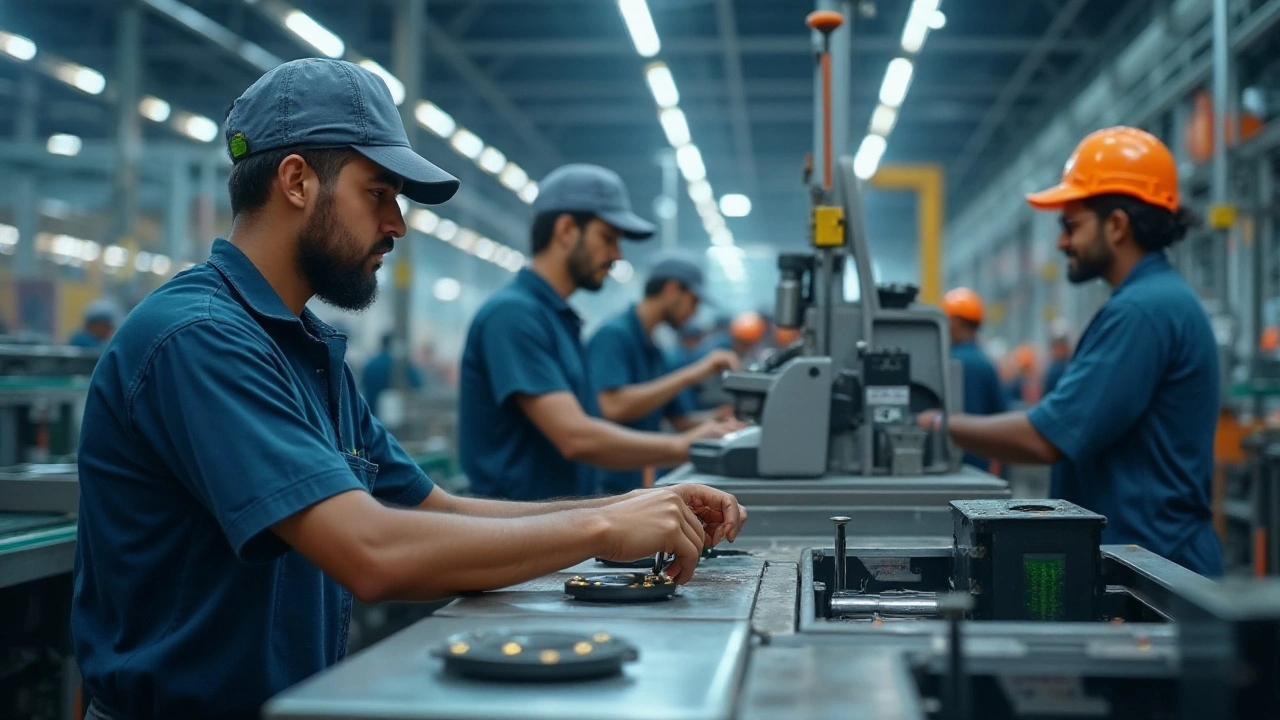Budget in Manufacturing: Maximizing Returns on a Tight Budget
When talking about budget, a financial plan that outlines expected expenses and revenues for a project or business. Also known as financial plan, it helps companies allocate resources efficiently, the first step is to map every cost driver. One of the biggest budget line items for a new plant is the startup cost, the total amount needed to launch a manufacturing operation, including licensing, equipment, and initial inventory. Knowing your startup cost upfront lets you set realistic spending caps, negotiate better supplier terms, and avoid surprise cash drains. Most founders underestimate hidden fees like compliance paperwork or utility hookups, which can chew up 10‑15% of the planned budget. By breaking the startup cost into fixed (land, machinery) and variable (raw material, labor) parts, you create a clear roadmap that informs every subsequent budgeting decision.
Choosing Low‑Cost Manufacturing Locations and Driving Profitability
Once the core budget is in place, the next lever is low‑cost manufacturing, production in regions where labor, utilities, and real‑estate expenses are lower than the industry average. This concept isn’t just about cheaper wages; it also includes tax incentives, logistics infrastructure, and local supplier ecosystems. For example, many companies pick Indian states with special economic zones because the effective cost per unit drops by 20‑30% compared to traditional hubs. However, low‑cost locations demand tight quality controls – a lapse can erode profit margins faster than any cost saving.
Profitability, the ultimate goal, is directly tied to how well you manage the budget and the cost structure of your operation. profitability, the ratio of net earnings to revenue that shows how efficiently a business turns sales into profit, improves when you align spending with revenue forecasts and continuously track variance. Simple tools like monthly cash‑flow dashboards reveal where the budget is off‑track, enabling rapid tweaks. Moreover, reinvesting a portion of the profit into automation or lean process upgrades can push margins higher without inflating the original budget.
All these pieces – a solid budget foundation, precise startup cost accounting, strategic low‑cost manufacturing choices, and relentless profitability monitoring – create a self‑reinforcing cycle. Below you’ll find articles that dive deeper into each area, from real‑world product‑idea validation to quick‑turn investment tactics, helping you turn a modest budget into a thriving manufacturing venture.
